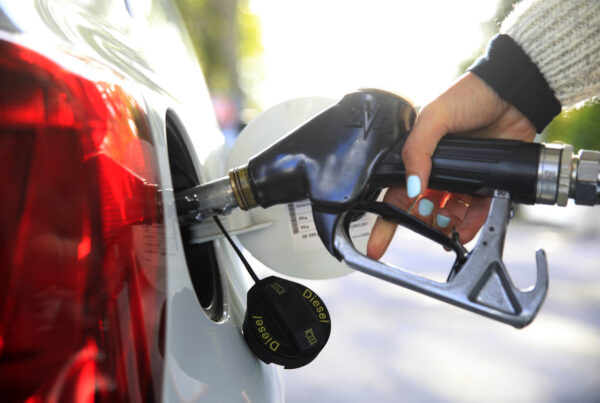The Federal Chamber of Automotive Industries (FCAI) has recently released the first zero and low emission vehicle (ZLEV) sales report.
The report focuses on on battery electric, hybrid, plug-in hybrid, and hydrogen fuel cell vehicle sales. It also includes State and Territory breakdowns. It is expected to be released every quarter.
ZLEV Sales
According to the report, while petrol and diesel-powered vehicles continue to dominate the new car market, uptake of ZLEVs have grown steadily in 2022. At the close of the calendar year, hybrid electric vehicles (HEV) made up 8 percent of the new car market, battery electric vehicles (BEV) made up 4.3 percent of new vehicle sales, and plug-in hybrids (PHEV) covered 1 percent of new car sales.
The report also highlights that the most popular BEV models in Australia are the Tesla Model 3 (10,877-unit sales in 2022), Tesla Model Y (8717 units), and BYD Atto 3 (2113 units).
Meanwhile, the most popular PHEV models are the MG HS (1554 units), Mitsubishi Eclipse Cross (926 units) and Volvo XC60 (591 units).
On the other hand, the best-selling HEVs in 2022 were the Toyota RAV4 Hybrid (26,547 units), Toyota Corolla Hybrid (17,585 units) and Toyota Kluger Hybrid (8413 units).
Crucial for Making Informed Decisions
According to the FCAI, the report can play an important role in guiding consumers in making informed decisions about their ZLEV purchases.
“VFACTS data is the premier source of car sales information for decision makers and commentators across Australia. This report will be vital in revealing the progress of zero and low emission vehicle penetration into Australia’s light vehicle fleet,” FCAI Chief Executive Tony Weber said.
“An essential part of the journey to a zero-emission light vehicle fleet is the implementation of an ambitious yet achievable fuel efficiency standard. All FCAI members are aligned on the need for an emissions target which considers consumers, the unique nature of the Australian market, product availability, affordability, and the full range of zero and low emission technologies,” Mr Weber added.
Did you find this article interesting? Give it a ‘like’ by clicking the ‘heart’ button above!




















